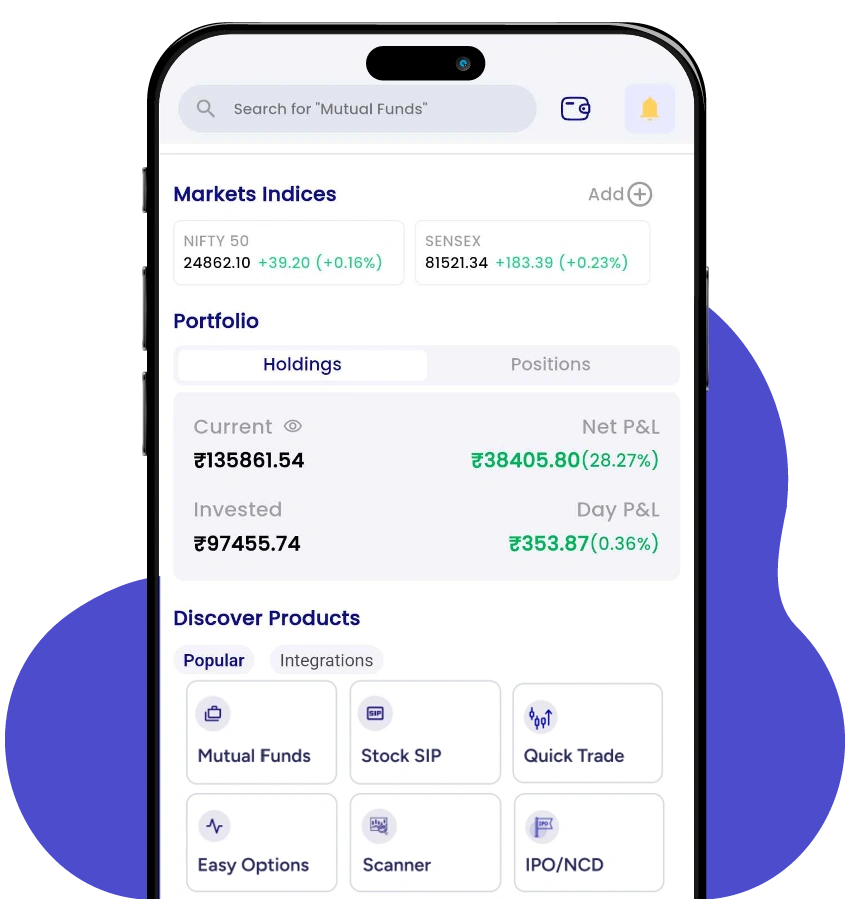US Adds 25% Tariff on Indian Goods, Total Duties Now 50%: PL Capital Explains the Impact
- 7th August 2025
- 02:30 PM
- 3 min read
Mumbai | August 7 – The United States has imposed an additional 25% tariff on most Indian exports, pushing the total duty to 50%, in a move linked to India’s continued oil trade with Russia. The new tariffs will come into effect in three weeks, targeting a wide range of sectors, particularly those led by MSMEs and labour-intensive industries.
India’s Ministry of External Affairs called the decision “unfortunate,” stating that India will continue to take sovereign decisions on energy sourcing in line with national interest.
While key export segments such as pharmaceuticals, steel, and aluminium have been exempted, the broader impact is expected to weigh on trade volumes in several sectors that rely heavily on the US market.
Key Indian Export Sectors Affected
The US accounts for roughly 21% of India’s total exports. With duties now at 50%, several sectors face cost disadvantages compared to countries like Vietnam, Bangladesh, and Thailand, which enjoy lower tariff access under trade agreements.
- Textiles & Apparel (~3.5% of US-bound exports): May lose price advantage to regional competitors.
- Gems & Jewellery (~12%): High-value gold and diamond exports face steep tariff-led pricing challenges.
- Auto Components & Machinery (~7.5%): Includes parts, industrial tools, and equipment; expected to see higher landed costs.
- Marine Products: Shrimp exports, heavily US-dependent, could face a demand slump.
- Agricultural Commodities (~2%): Products like tea, spices, and basmati rice now face stiffer levies.
- Leather & Footwear (~2%): Exporters of belts, wallets, and shoes may face margin pressure.
PL Capital View: Not a Shock, But a Strategic Signal
Arsh Mogre, Economist at PL Capital, said the move should be seen as a “calibrated pressure point” rather than a trade rupture. “The tariff hike is as much about geopolitics as it is about trade. It reflects a high-stakes bargaining tactic in the US–India relationship, which is otherwise deeply institutional,” Mogre said.
He noted that while the duties raise cost pressures, the real economic impact will be staggered, due to:
- Sticky global supply chains
- Time-intensive production relocation
- India’s growing role in the China+1 strategy
Moreover, about one-third of India’s US export value—mainly in pharmaceuticals and electronics—is unaffected, softening the immediate blow.
Macroeconomic Impact Likely to Be Limited
PL Capital estimates the potential drag on GDP at 30–40 basis points, provided there is no further expansion of the tariff basket.
Domestic demand strength, policy buffers such as RBI’s rate flexibility, and likely government support for MSME exporters are expected to contain the short-term disruption.
Policy & Trade Outlook: Time to Diversify
The tariff escalation is expected to speed up India’s trade diversification efforts. Experts believe India will now prioritise:
- Finalising Free Trade Agreements (FTAs) with the European Union and other blocs
- Expanding South–South cooperation within the BRICS+ network
- Strengthening domestic export competitiveness via policy support
“This is not yet a systemic shock, but it’s a wake-up call for India’s trade diplomacy,” said Mogre. “Reducing overdependence on a single market is now urgent.”
Market Impact: Sector-Specific Pressure Likely
Investors are watching export-heavy sectors closely for signs of order cancellations, pricing pressures, and earnings risks in the coming quarters. Firms in textiles, jewellery, auto parts, and seafood are expected to be most impacted.
Analysts suggest watching for targeted relief measures and revised guidance from managements in upcoming quarterly results.





